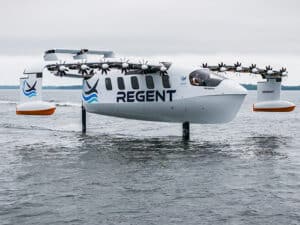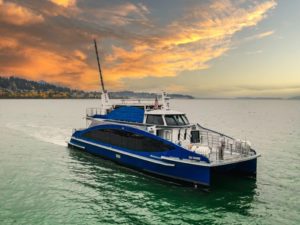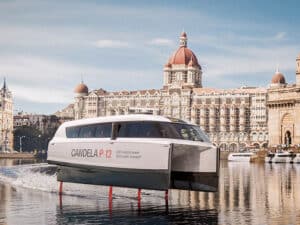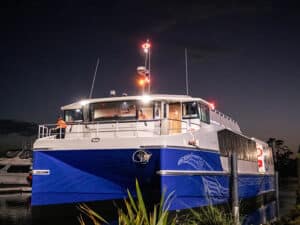
Seaspan again picks Schottel for newbuild LNG hybrid ferry duo
Written by Nick Blenkey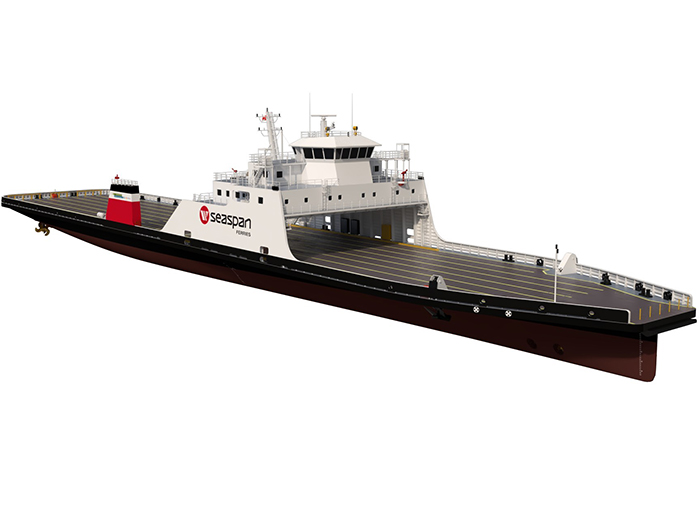
Ferries are set to enter operation in 2021
Spay, Germany, headquartered Schottel has been chosen as propulsion supplier for the two newbuild Liquid Natural Gas (LNG)– battery hybrid ferries on order at Damen Shipyards Mangalia, Romania for Canada’s Canadian Seaspan Ferries Corporation (see earlier story).
Each of the two RO/RO ferries will be propelled by two Schottel Combi Drives and two Schottel transverse thrusters. The new ferries will join the company’s first two LNG hybrid vessels, Seaspan Swift and Seaspan Reliant, which were commissioned just over two years ago. Seaspan Ferries currently operates a fleet of seven ferries out of four terminals in British Columbia, Canada.
“Thanks to the positive experiences we’ve had with Schottel thrusters in our first two LNG ferries, we once again opted for the German manufacturer. Their efficient and sustainable propulsion solutions have helped us further expand our service offering and reduce emissions at the same time,” says Harly Penner, Director of Fleet Engineering & Vessel Development at Seaspan Ferries.
Optimal maneuverability
Each of the Vard Marine designed vessels is powered by two MAN 35/44DF dual-fuel engines and has a MAN Cryo Fuel Gas Supply System that includes a 209 cu.m fuel tank plus 2 MWh batteries for driving the Schottel propulsion package.
The package itself consists of two Combi Drives type SCD 560 STP with an input power of 2,600 kW and a propeller diameter of 2.6 m which will allow a design speed of 16 knots. Beyond this, two type STT 1 FP bow thrusters (each of 550 kW) ensure precise and high manoeuvrability. These can be mounted and dismounted while the vessel is afloat.
Increasing efficiency, reducing fuel consumption
With the Schottel-exclusive Combi Drive, the electric motor is integrated vertically into the rudderpropeller, resulting in a highly efficient and quiet electric variant of the well-proven SRP and STP propulsion units. By sharing the load between two propellers, the twin propeller concept increases propulsion efficiency and reduces fuel consumption over single propeller systems.
With a capacity of 1,034 lane meters each, both new ferries will be servicing the commercial route from Vancouver Island to the lower mainland. The 149 m long and 26 m wide ferries will carry a range of cargo, but will primarily haul semi-trailers as well as automobiles transporting everything from daily essentials to electronics, lumber, pulp and paper. Both ferries are also capable of carrying hazardous cargos, construction/logging equipment and special project cargo.


